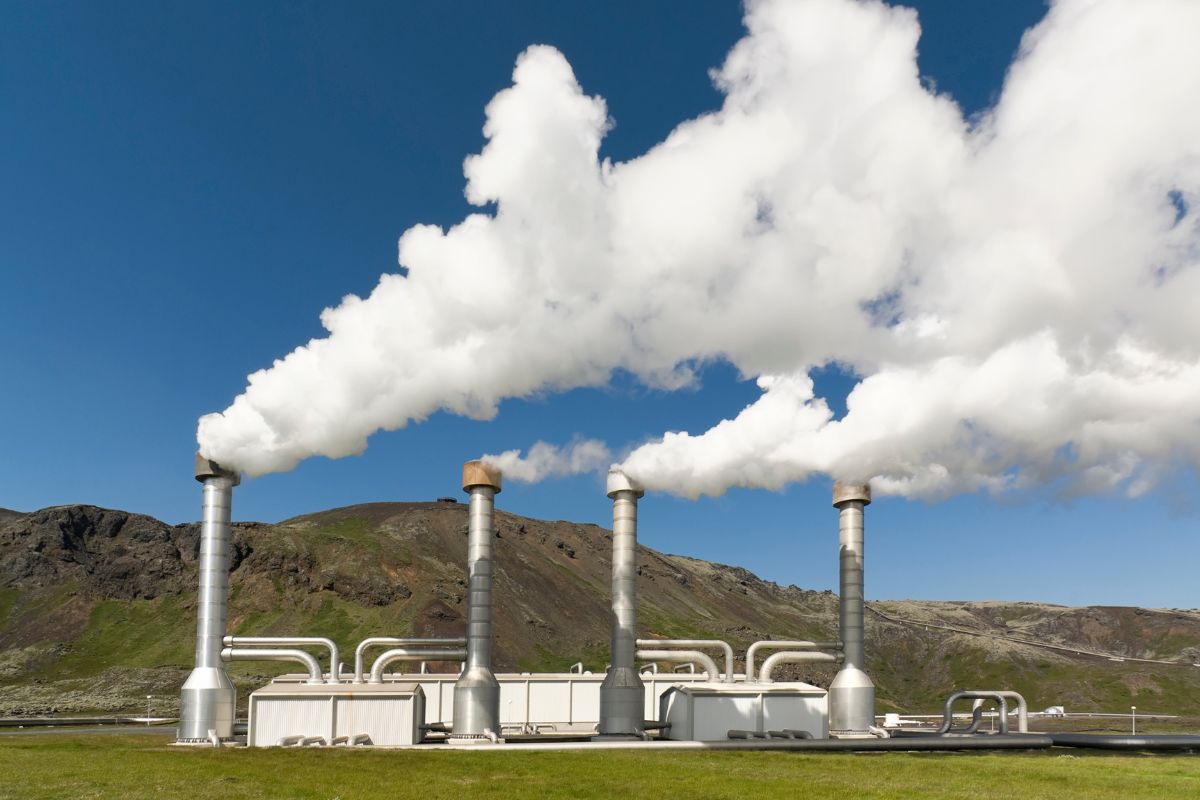TECH

Geothermal energy has huge potential to generate clean power, including from used oil and gas wells
As energy use rises and the planet warms, you might have dreamed of an energy source that works 24/7, rain or shine, quietly powering homes, industries and even entire cities without the ups and downs of solar or wind—and with little contribution to climate change.
The promise of new engineering techniques for geothermal energy—heat from Earth itself—has attracted rising levels of investment to this reliable, low-emission power source that can provide continuous electricity almost anywhere on the planet. That includes ways to harness geothermal energy from idle or abandoned oil and gas wells. In the first quarter of 2025, North American geothermal installations attracted US$1.7 billion in public funding—compared with $2 billion for all of 2024, which itself was a significant increase from previous years, according to an industry analysis from consulting firm Wood Mackenzie.
As an exploration geophysicist and energy engineer, I've studied geothermal systems' resource potential and operational trade-offs firsthand. From the investment and technological advances I'm seeing, I believe geothermal energy is poised to become a significant contributor to the energy mix in the U.S. and around the world, especially when integrated with other renewable sources.
A May 2025 assessment by the U.S. Geological Survey found that geothermal sources just in the Great Basin, a region that encompasses Nevada and parts of neighboring states, have the potential to meet as much as 10% of the electricity demand of the whole nation—and even more as technology to harness geothermal energy advances. And the International Energy Agency estimates that by 2050, geothermal energy could provide as much as 15% of the world's electricity needs.
Why geothermal energy is unique...Geothermal energy taps into heat beneath Earth's surface to generate electricity or provide direct heating. Unlike solar or wind, it never stops. It runs around the clock, providing consistent, reliable power with closed-loop water systems and few emissions.
Geothermal is capable of providing significant quantities of energy. For instance, Fervo Energy's Cape Station project in Utah is reportedly on track to deliver 100 megawatts of baseload, carbon-free geothermal power by 2026. That's less than the amount of power generated by the average coal plant in the U.S., but more than the average natural gas plant produces.
But the project, estimated to cost $1.1 billion, is not complete. When complete in 2028, the station is projected to deliver 500 megawatts of electricity. That amount is 100 megawatts more than its original goal without additional drilling, thanks to various technical improvements since the project broke ground.
And geothermal energy is becoming economically competitive. By 2035, according to the International Energy Agency, technical advances could mean energy from enhanced geothermal systems could cost as little as $50 per megawatt-hour, a price competitive with other renewable sources.
Types of geothermal energy...There are several ways to get energy from deep within Earth.
Hydrothermal systems tap into underground hot water and steam to generate electricity. These resources are concentrated in geologically active areas where heat, water and permeable rock naturally coincide. In the U.S., that's generally California, Nevada and Utah. Internationally, most hydrothermal energy is in Iceland and the Philippines.
Some hydrothermal facilities, such as Larderello in Italy, have operated for over a century, proving the technology's long-term viability. Others in New Zealand and the U.S. have been running since the late 1950s and early 1960s.
Enhanced geothermal systems effectively create electricity-generating hydrothermal processes just about anywhere on the planet. In places where there is not enough water in the ground or where the rock is too dense to move heat naturally, these installations drill deep holes and inject fluid into the hot rocks, creating new fractures and opening existing ones, much like hydraulic fracturing for oil and gas production.
A system like this uses more than one well. In one, it pumps cold water down, which collects heat from the rocks and then is pumped back up through another well, where the heat drives turbines. In recent years, academic and corporate research has dramatically improved drilling speed and lowered costs.
Ground source heat pumps do not require drilling holes as deep, but instead take advantage of the fact that Earth's temperature is relatively stable just below the surface, even just 6 or 8 feet down (1.8 to 2.4 meters)—and it's hotter hundreds of feet lower.
:format(webp))
No comments:
Post a Comment